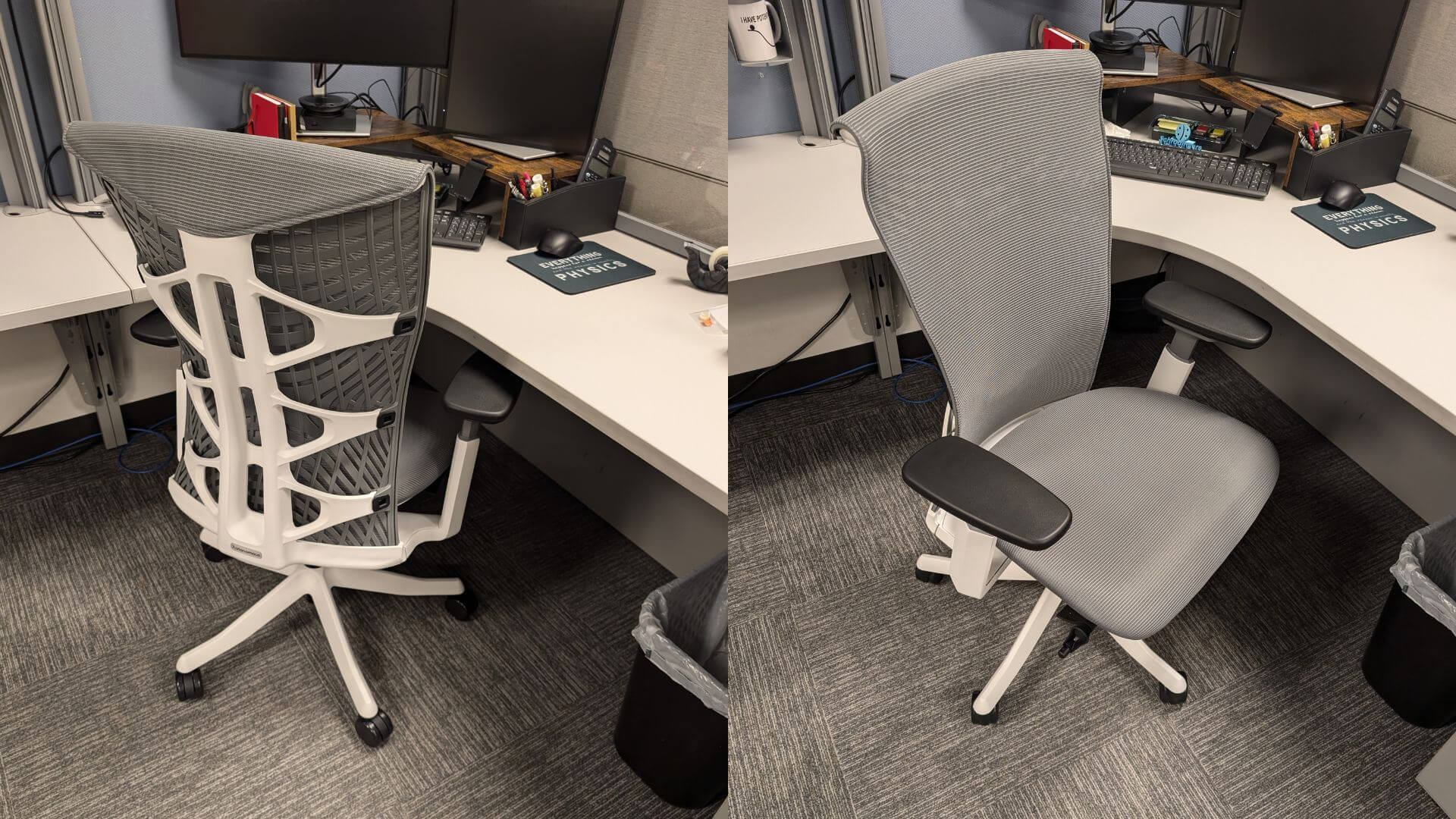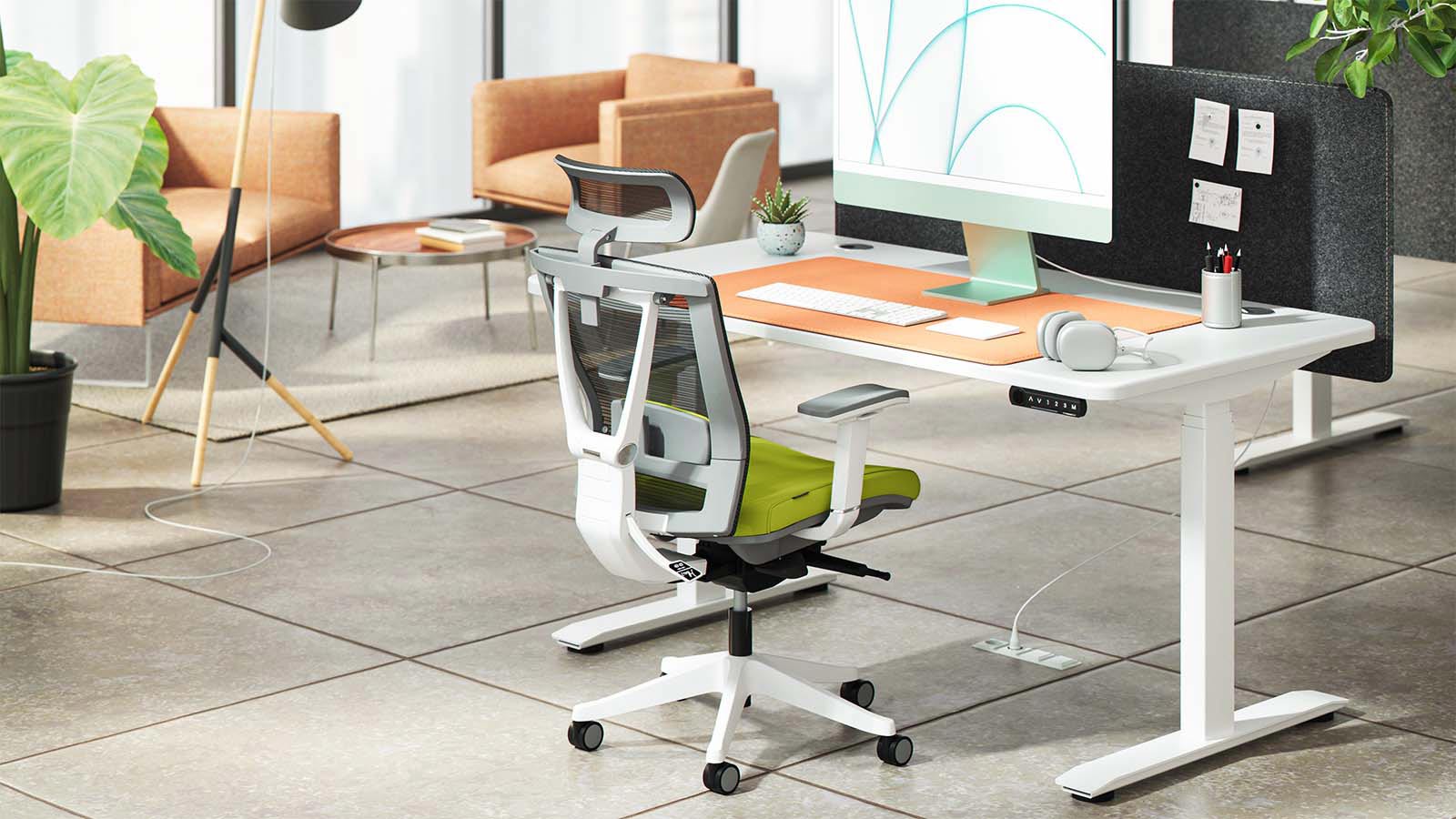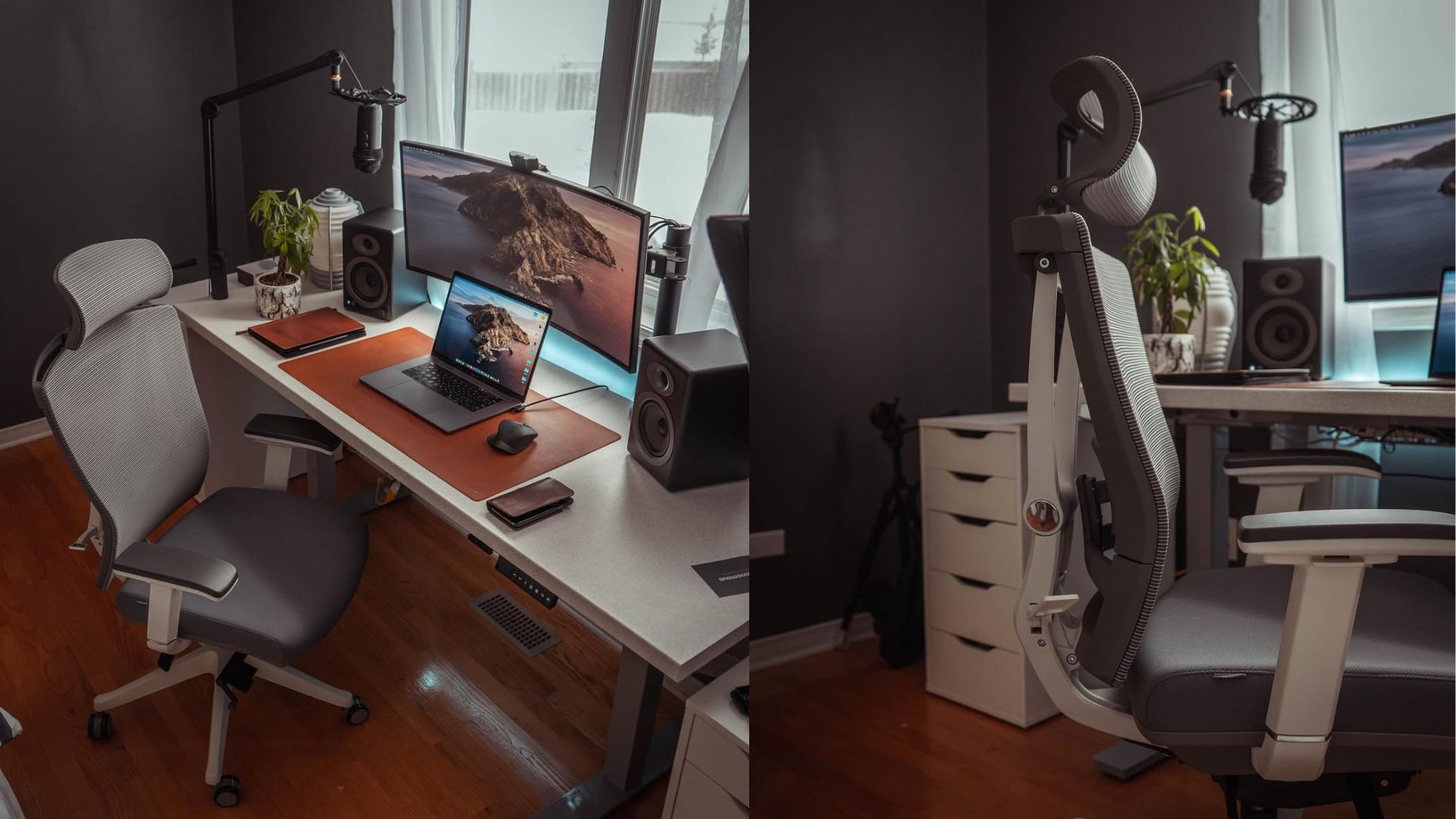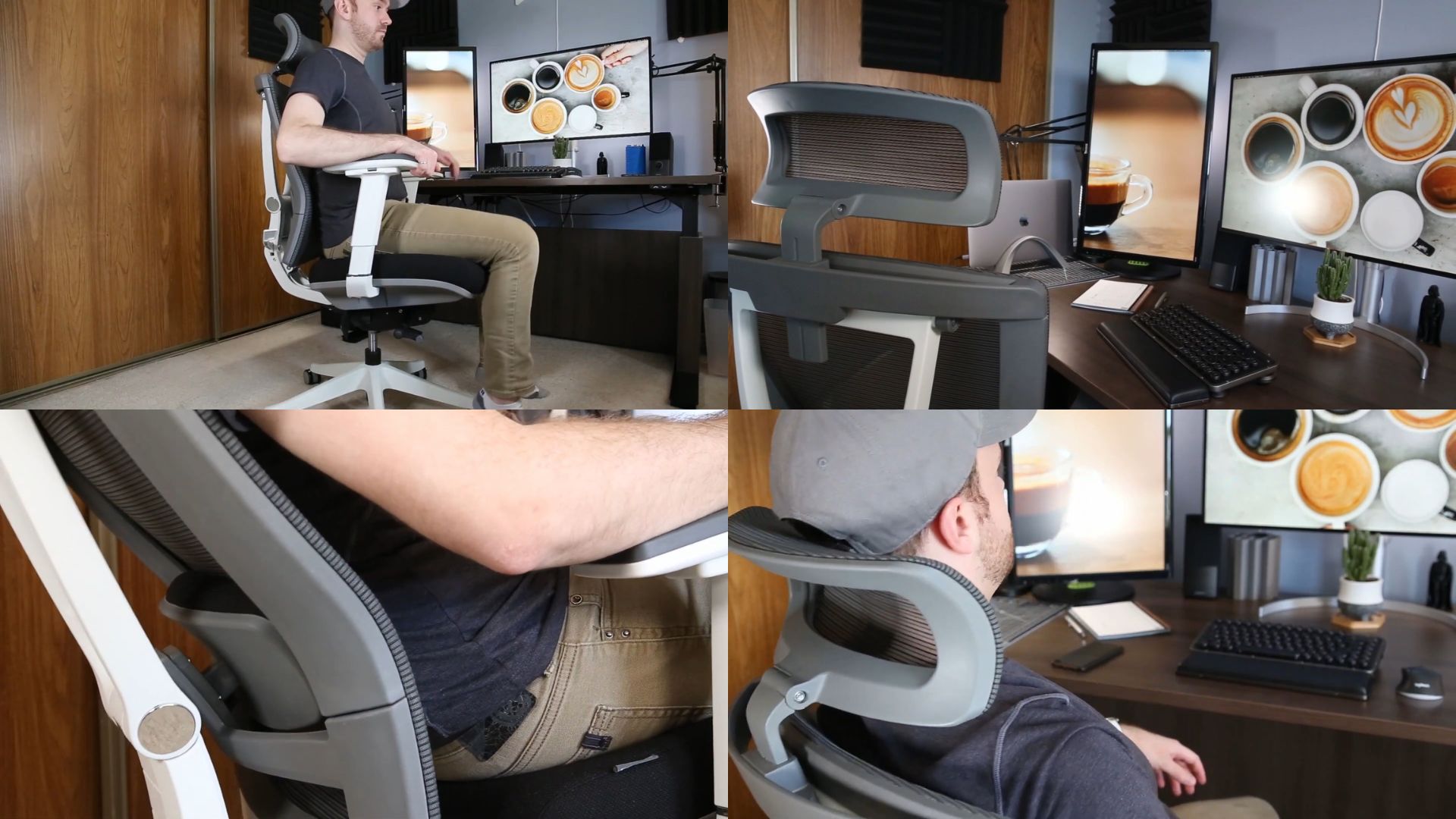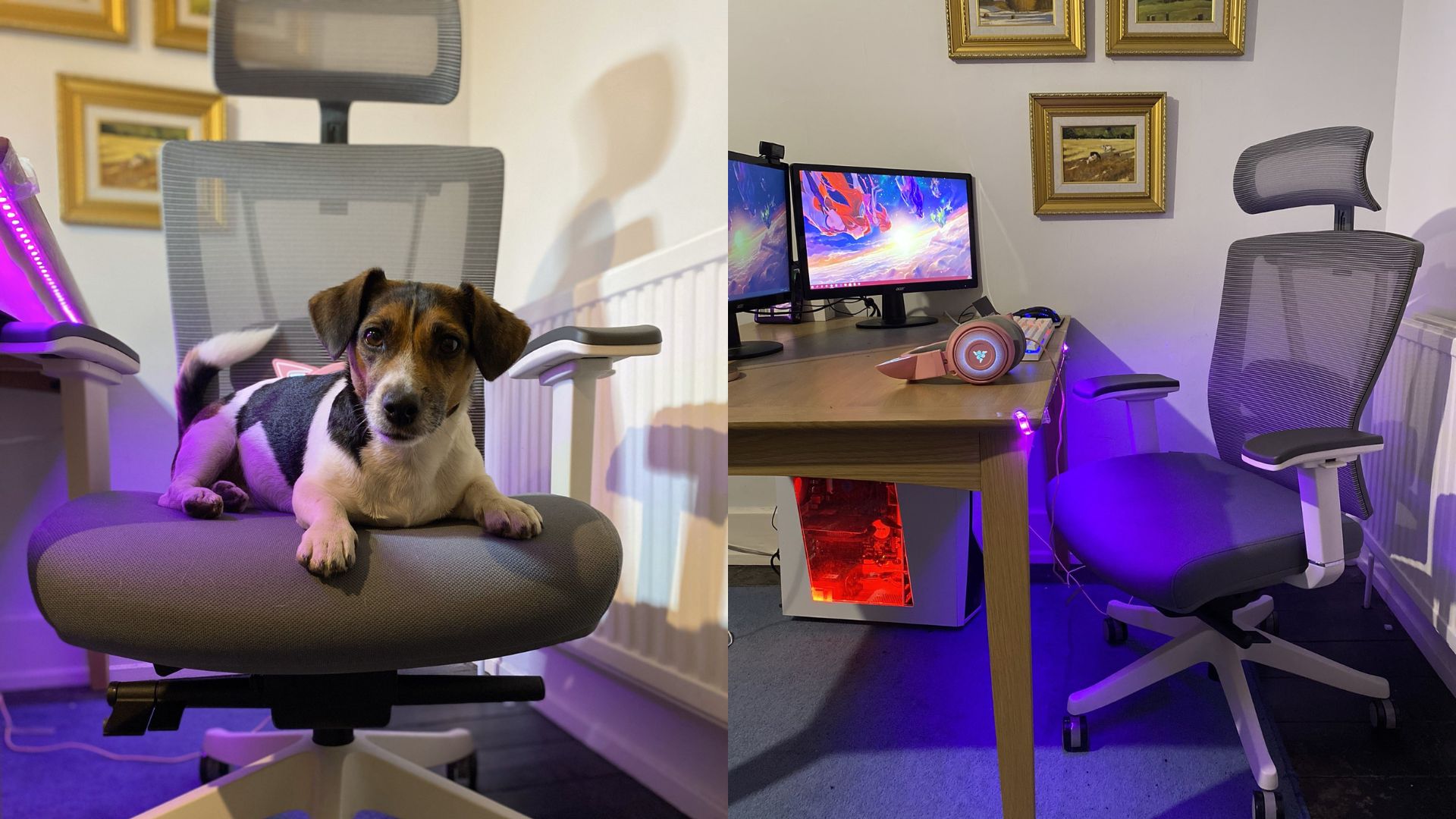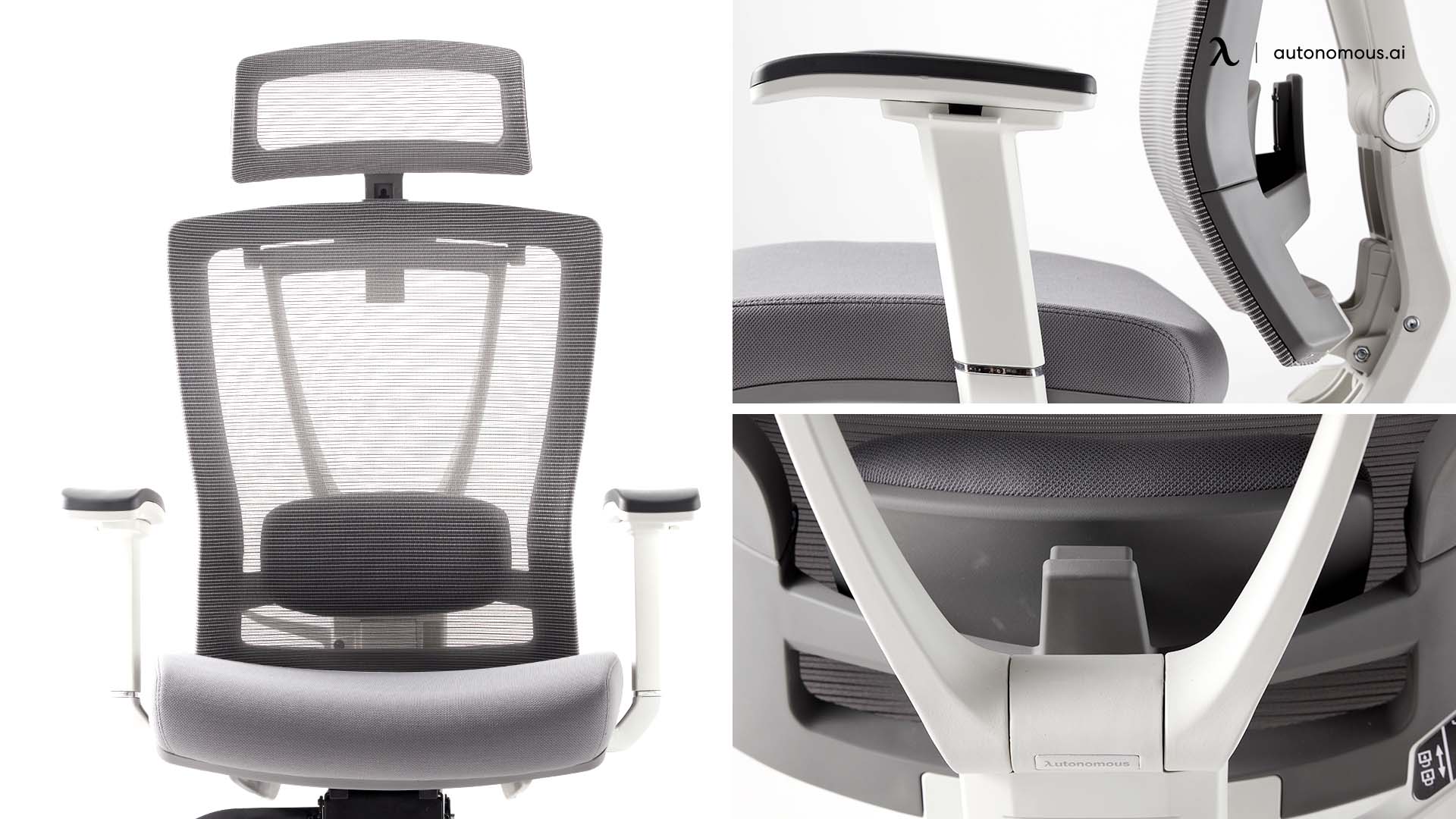
Table of Contents
Spending hours in an uncomfortable office chair can lead to back pain, neck strain, and overall discomfort that affects productivity. A poorly adjusted or unsupportive chair forces the body into unnatural positions, leading to fatigue and long-term health issues. However, before considering a new office chair, there are several ways to improve the comfort of your existing one. From adjusting settings to adding supportive accessories, small tweaks can make a big difference in how your chair feels throughout the workday.
Adjust Your Chair For Proper Ergonomics
One of the easiest ways to improve comfort is by adjusting your chair to fit your body properly. Many chairs come with adjustable features, but if they're not set correctly, they won't provide the intended support.
- Set the Right Seat Height
Your feet should be flat on the floor, with your knees at a 90-degree angle. If your chair is too high, it puts pressure on the back of your thighs. If it’s too low, it can strain your lower back.
- Adjust Lumbar Support
A well-supported lower back prevents slouching and keeps the spine properly aligned. If your chair has built-in lumbar support, make sure it aligns with the natural curve of your lower back. This is especially important for those wondering how to make an office chair more comfortable for back pain.
For chairs without sufficient lumbar adjustment, using a small pillow or an ergonomic chair with adjustable lumbar support can make a significant difference in comfort and posture.
- Position Armrests Correctly
Armrests should support your arms without causing tension in your shoulders. Ideally, your elbows should rest at about a 90-degree angle, allowing your shoulders to stay relaxed.
If armrests are too high, they can lead to shoulder stiffness, while low armrests may cause you to hunch forward. A 4D armrest office chair provides versatile adjustments to match your natural posture, while office chairs with flip-up arms offer flexibility for those who prefer an open workspace.
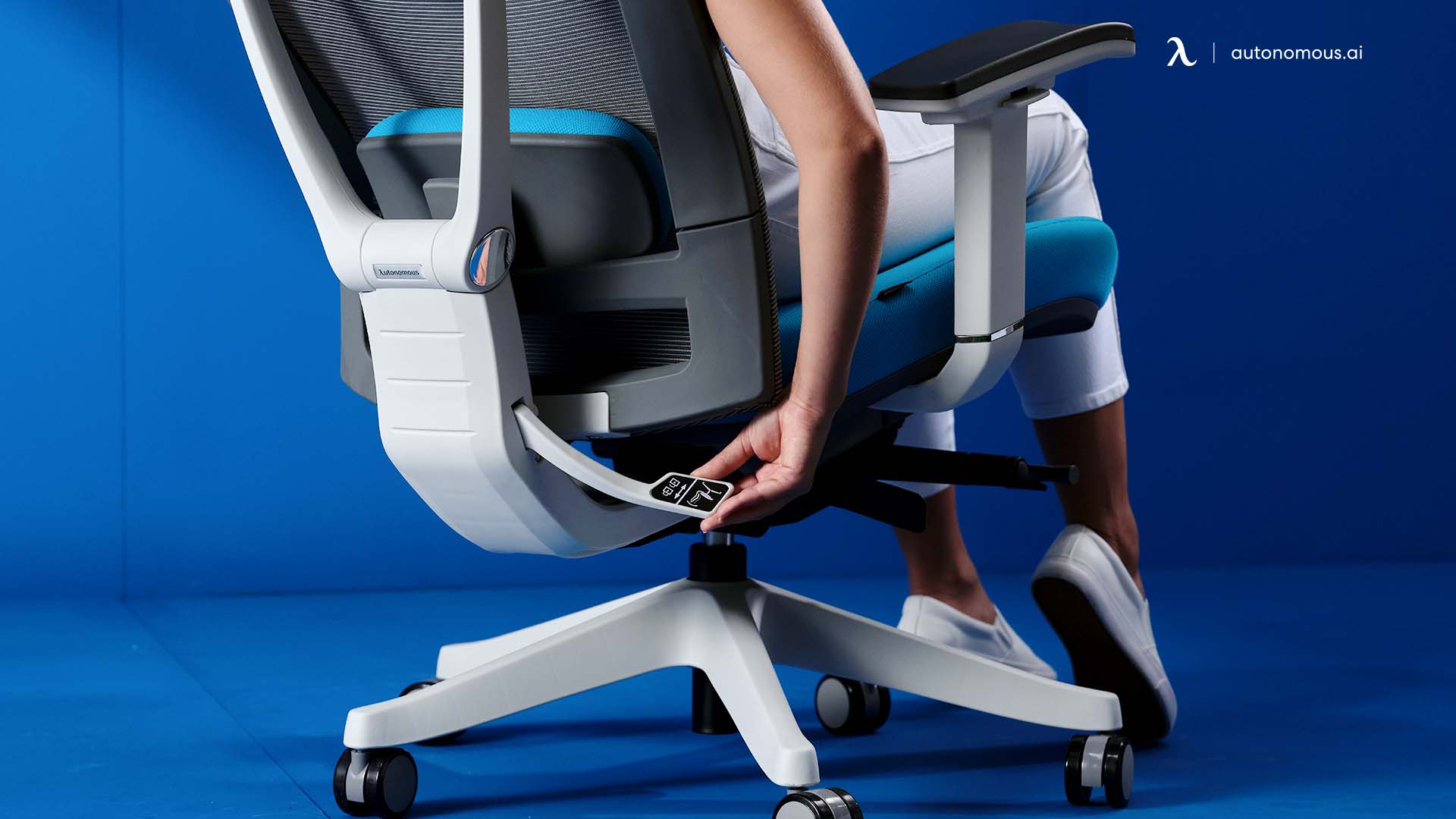
Enhance Cushioning And Support
Even the most ergonomic office chair can feel uncomfortable if it lacks adequate cushioning and support. Over time, seat padding can wear out, lumbar support may not be sufficient, and the absence of a headrest can contribute to poor posture. Adding external cushions and support accessories can significantly improve your seating experience. This is a simple way to make your office chair more comfortable in different conditions.
Here’s how you can enhance your office chair’s comfort for better posture, reduced strain, and all-day support.
1. Use A Seat Cushion For Extra Comfort
If your office chair’s seat feels too hard or unsupportive, a high-quality seat cushion can make a major difference. Sitting for prolonged periods without proper cushioning can cause discomfort in the hips, lower back, and tailbone. Investing in an office chair with a cushion or adding a supportive seat cushion can help reduce pressure and enhance overall comfort.
- Reduces Pressure on the Tailbone (Coccyx): A well-padded cushion distributes weight evenly, preventing excessive strain on the tailbone, which can lead to discomfort. An orthopedic cushion for an office chair is particularly useful for relieving tailbone pain.
- Supports the Hips and Thighs: Extra padding helps align the pelvis properly, reducing strain on the hip joints. A molded seat cushion provides structured support for better posture.
- Encourages Better Posture: Many ergonomic cushions are designed with contours that promote a more upright sitting position, helping to prevent slouching. Understanding the benefits of using a seat cushion can help you choose the right one for your needs.
Types of Seat Cushions:
- Memory Foam Cushions: These mold to your body shape, offering personalized support and reducing pressure points. A thick seat cushion adds extra comfort for prolonged sitting.
- Gel Seat Cushions: Providing cooling relief while evenly distributing body weight, a gel seat cushion is an excellent option for long work hours.
- Ergonomic Wedge Cushions: These slightly tilt the pelvis forward, promoting a natural spinal curve and reducing lower back strain. If breathability is a concern, a breathable seat cushion ensures airflow to keep you comfortable throughout the day.
Adding a seat cushion tailored to your needs can significantly enhance your chair’s comfort, reduce strain, and support better posture during long hours of sitting.
2. Add A Lumbar Support Pillow For Back Support
Many office chairs lack sufficient lumbar support, which is crucial for maintaining a healthy spine alignment. If your chair doesn’t provide enough lower back support, using a lumbar cushion can prevent slouching and reduce back pain.
- Maintains Natural Spinal Curve: A lumbar pillow supports the natural inward curve of the lower back, preventing it from flattening out.
- Prevents Slouching: Without proper support, people tend to lean forward or slump, leading to back pain and poor posture.
- Reduces Strain on the Lower Back: Proper lumbar support decreases pressure on the lumbar discs, which is crucial for people who experience chronic back pain.
Choosing the Right Lumbar Pillow:
- Adjustable Straps: Look for a pillow with straps that secure it to your chair to prevent slipping.
- Breathable Materials: A mesh-covered or ventilated cushion helps keep you cool during long work hours.
- Memory Foam or Firm Support: A medium-firm lumbar pillow provides the best balance of comfort and support.
3. Attach A Headrest For Neck And Shoulder Relief
If your chair doesn’t have a built-in headrest, adding one can help support your neck and shoulders, especially if you tend to lean back while working. A well-designed headrest can improve posture, reduce muscle tension, and enhance overall comfort during long hours at your desk. If you're looking for an office chair with a headrest, choosing one with an adjustable feature can provide personalized support for your neck.
- Reduces Neck and Shoulder Strain: A headrest supports the natural alignment of your cervical spine, reducing tension in the neck and upper back. This is especially useful for those experiencing discomfort, making an office chair for neck pain a great investment.
- Encourages Proper Posture: When you have a place to rest your head, you're less likely to hunch forward.
- Provides Comfort During Breaks: Leaning back against a headrest can relieve muscle tension and improve circulation.
Types Of Headrest Attachments:
- Clip-On Headrests: These attach to the top of your chair and are ideal for chairs without built-in support.
- Adjustable Headrests: Some ergonomic add-ons allow height and angle adjustments for a customized fit. This is especially useful for those experiencing discomfort, making an office chair for neck pain a great investment.
- Memory Foam Neck Pillows: If a headrest isn’t an option, a small neck pillow can provide some relief.
4. Upgrade The Armrest Padding
Hard or poorly positioned armrests can cause discomfort and strain on your shoulders and forearms. Adding armrest pads as an office chair armrest extender can make a noticeable difference in comfort.
- Reduces Pressure on the Elbows and Forearms: Soft padding prevents pressure points and discomfort.
- Encourages Proper Arm Positioning: Cushioned armrests support the arms at the right angle, preventing shoulder strain.
- Prevents Hard Surface Discomfort: If your chair’s armrests are made of plastic or metal, adding padding makes them much more comfortable.
Options For Armrest Padding:
- Memory Foam Armrest Covers: These provide soft, contoured support.
- Gel Armrest Pads: Great for people who need additional pressure relief.
- Adjustable Armrests with Cushioned Tops: Some chairs allow you to replace or upgrade existing armrests.
Improve Posture And Seating Habits
Even the most ergonomic chair won’t be comfortable if you sit incorrectly for long periods. Poor posture can lead to discomfort, fatigue, and even chronic pain. Making small adjustments to your seating habits can prevent these issues and enhance your overall comfort.
Keep Feet Flat On The Floor
Your feet should be flat on the ground with your knees at a 90-degree angle. If your feet dangle, it puts pressure on your thighs and lower back, leading to discomfort. Using a footrest or placing a small box under your feet can provide stability and reduce lower back strain.
In addition, a footrest for office chair can further support proper posture by allowing you to keep your feet in a more relaxed position, helping maintain a natural spine alignment, and preventing undue pressure on your lower body.
For a deeper understanding of how a footrest makes your office chair more comfortable, check out our guide on the benefits of an office chair with leg rest.
This simple addition can significantly improve comfort during long sitting sessions, making it an essential feature for ergonomic chairs.
Avoid Slouching
Leaning forward or slumping in your chair places unnecessary pressure on the spine, leading to back and neck pain. Sitting up straight with your back fully supported against the chair helps maintain spinal alignment and prevents fatigue. Whether you’re working at a desk or writing by hand, maintaining a proper writing posture can significantly reduce strain on your upper body.
Take Breaks And Change Positions
Sitting in one position for too long can cause stiffness and discomfort. Experts recommend standing up, stretching, or shifting your sitting posture every 30–60 minutes to keep your muscles engaged and reduce strain. If you type for long hours, maintaining an ergonomic typing position can prevent wrist and shoulder pain.
Is Sitting On The Edge Of A Chair Bad For You?
Many people believe sitting on the edge of a chair promotes good posture, but doing so for extended periods can lead to muscle strain and imbalance. While engaging your core is beneficial, proper lumbar and seat support are essential for long-term comfort. If you’re curious about this topic, you can explore whether sitting on the edge of a chair is bad for you.
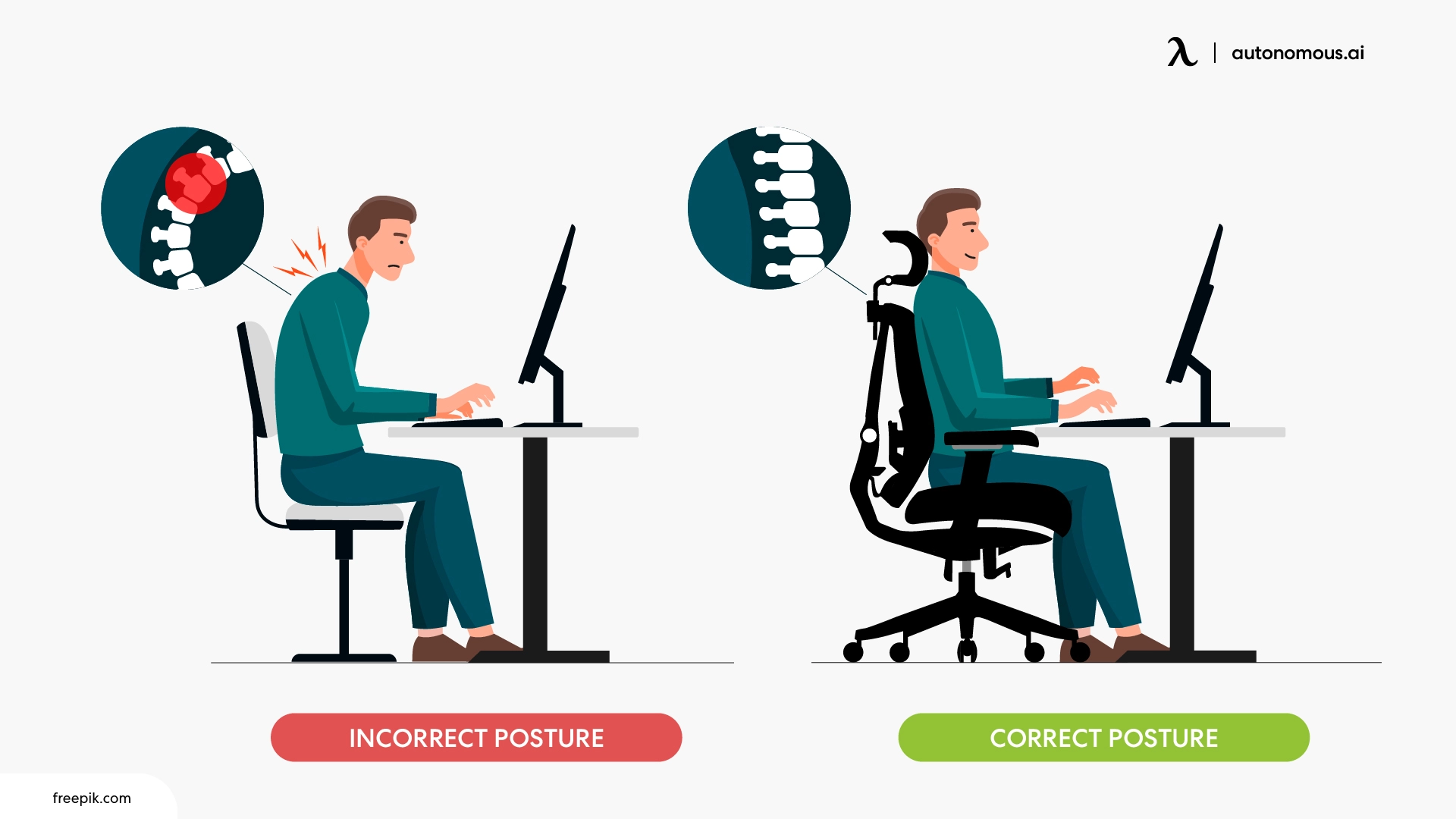
Optimize Your Workspace For Comfort
Your chair isn’t the only factor affecting your comfort—your overall workspace setup plays a crucial role in maintaining good posture and preventing strain. A well-organized and ergonomically optimized workspace can improve productivity while reducing discomfort.
- Adjust Your Desk And Monitor Height
Your monitor should be positioned at eye level to prevent neck strain. If the screen is too low, you may find yourself tilting your head forward, which can lead to discomfort over time. A monitor arm or dual monitor stand allows for proper screen alignment and reduces unnecessary neck movement. If you're using a standing desk, ensure your screen height remains appropriate to maintain an ergonomic position. You can also follow this standing desk ergonomics guide for a more comfortable setup.
- Position Your Keyboard And Mouse Correctly
Typing and mouse usage should feel natural, without excessive reaching or strain on your wrists. Your arms should rest at a 90-degree angle, and your wrists should remain straight while typing. Using an ergonomic keyboard tray or a wrist rest can help maintain a neutral position and prevent wrist pain.
- Consider An Ergonomic Footrest
If your feet don’t comfortably reach the ground, using an office footrest can provide extra support. A footrest helps maintain proper leg positioning, improves circulation, and reduces lower back strain, especially when sitting for long hours.
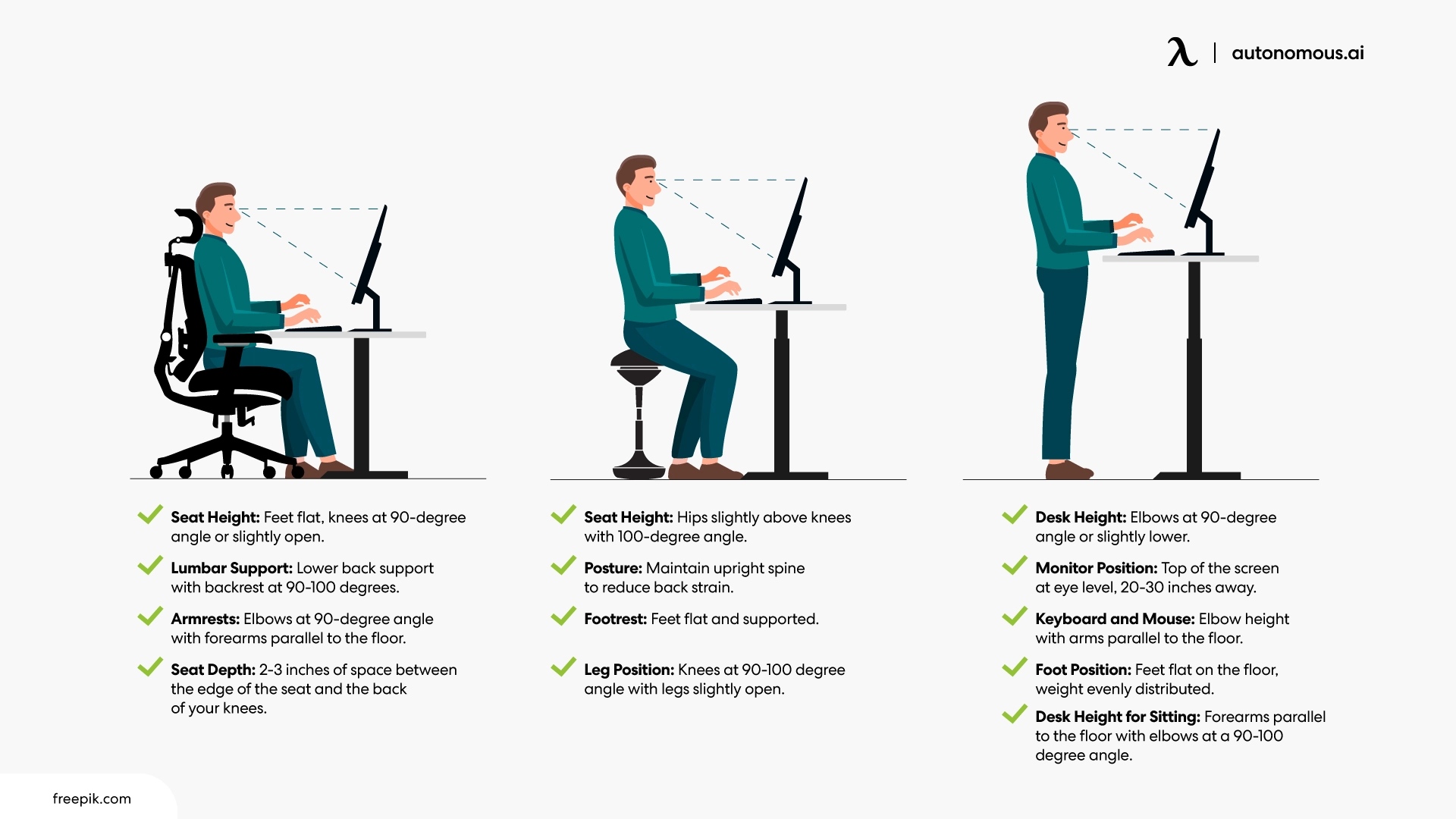
When To Consider Upgrading Your Chair
Sometimes, no amount of adjustments or accessories can fix an uncomfortable chair, especially if it’s old, poorly designed, or lacks essential ergonomic features. Here are signs it may be time for a replacement:
- The padding is worn out, making the seat uncomfortable even with cushions.
- The chair lacks essential ergonomic adjustments, such as desk chair height, lumbar support, or armrests.
- It causes persistent pain or discomfort, even after modifications.
Investing in an ergonomic office chair can make a significant difference in comfort and productivity, especially for those who spend long hours at a desk. To discover breathable and supportive options that cater to a variety of needs, take a look at some of the best fabric office chair selections available.
.jpg)
ErgoChair Ultra 2
| Dimensions (w/o headrest) | 28”L x 28”W x 41” - 46”H |
|---|---|
| Dimensions (with headrest) | 28”L x 28”W x 49” - 58”H |
| Seat dimensions | 18”L x 18”W |
| Seat depth range | 18” - 20.5” |
| Seat height | 18” - 23” |
| Headrest | 8" - 12" |
| Back dimensions | 20”W x 23”H |
| Tilt range | 25° |
| Armrest height | 7” - 11” |
| Armrest height (from the floor) | 23.5” - 27.7” |
| Caster wheel diameter | 2.56 inches |
| Number of caster wheels | 5 pieces |
| Materials | 100% TPE and polyester fabric upholstery with ABS plastic frame, aluminium base |
| Colors | Onyx Black, Dover Gray |
| Weight capacity | 320 lbs |
| Item weight | 36.5 lbs |
| Shipping dimensions | 28”L x 17”W x 31”H x 45 lbs |
| Assembly required | Yes |
| Warranty | 2 years |
| Free returns | 30 days |
| Adjustability | Headrest, armrest, back tilt angle and tension, seat height. |
FAQs
1. How to fix an uncomfortable desk chair?
Start by adjusting the seat height, ensuring the backrest is positioned properly, and using supportive cushions for the lumbar and seat. If your chair has worn-out padding or lacks sufficient lumbar support, consider adding a cushion or investing in a more adjustable chair.
2. How to sit comfortably in an office chair?
To sit comfortably, keep your back supported, feet flat on the floor, and elbows at a 90-degree angle. Avoid slouching and adjust your chair so your hips are aligned with your knees to maintain natural posture
3. What if my office chair is too hard?
If your office chair feels too hard, try adding a seat cushion made from memory foam or gel. These can help relieve pressure on your tailbone and provide more cushioning for long hours of sitting.
4. What’s the best way to improve a cheap, unhealthy office chair?
For an instant upgrade, invest in an ergonomic seat cushion, lumbar support pillow, and adjustable armrest pads. You can also consider adding a footrest to improve leg positioning and overall comfort.
5. How can I sit more comfortably without buying a new chair?
Try adjusting your chair’s height, adding lumbar and seat cushions, repositioning your monitor and keyboard, and improving your posture. Even taking regular standing breaks can make a difference.
6. Is it better to sit with or without armrests?
It depends. Armrests help support your forearms and reduce shoulder tension, but if they’re too high or low, they can actually cause discomfort. Look for adjustable or removable armrests to find your best fit.
Conclusion
A few simple adjustments can transform an uncomfortable chair into a more supportive and ergonomic seat. From proper height adjustments to adding cushions and optimizing your workspace, these changes can make long hours of sitting much more bearable. Prioritizing comfort and ergonomics not only improves posture but also enhances productivity and overall well-being. If your chair is beyond improvement, upgrading to a quality ergonomic office chair is a worthwhile investment in your health and work performance.
.svg)

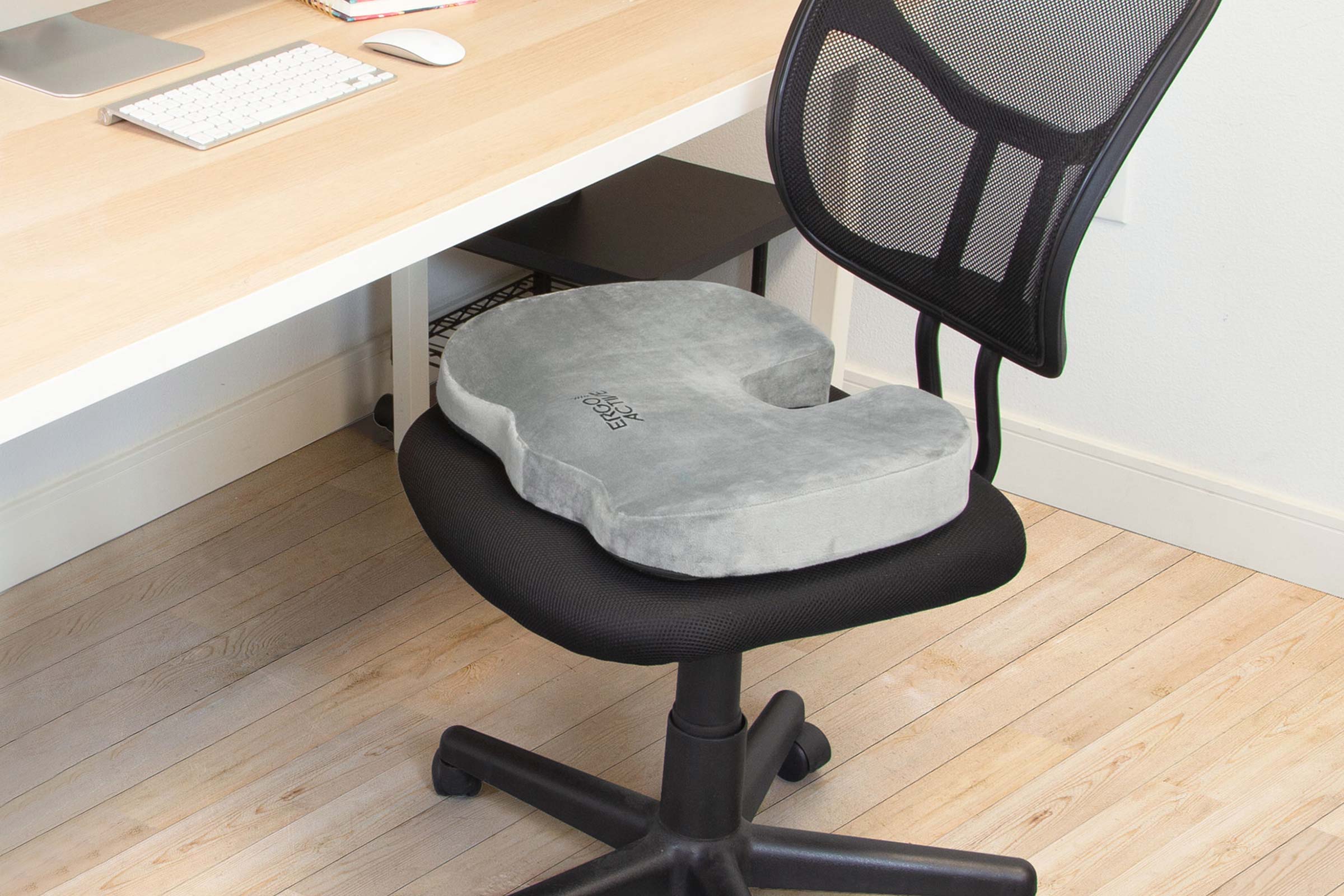

/https://storage.googleapis.com/s3-autonomous-upgrade-3/production/ecm/230809/2-75bed936-cfe8-4cc0-9dda-f71282ff694d.jpg)
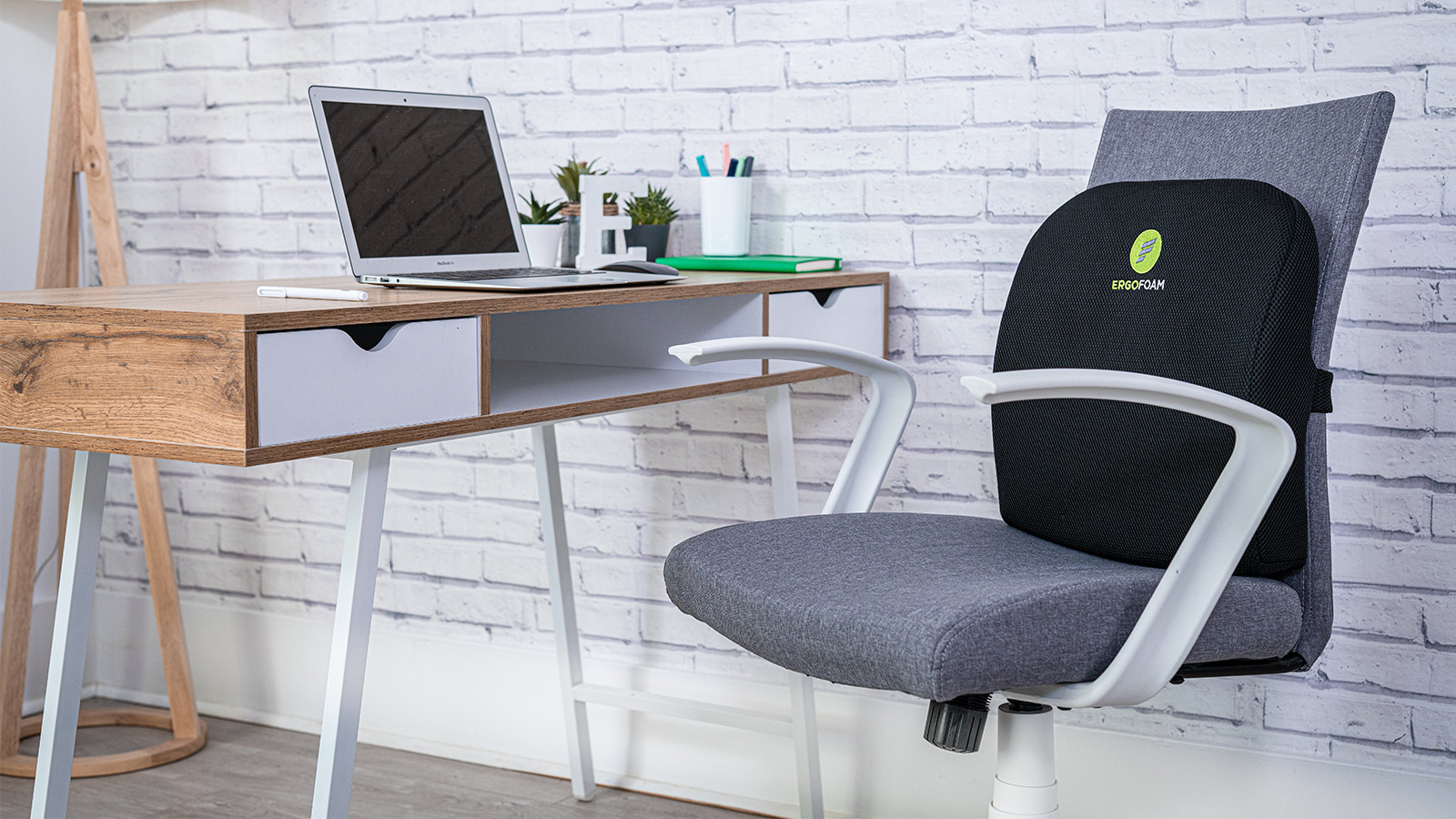
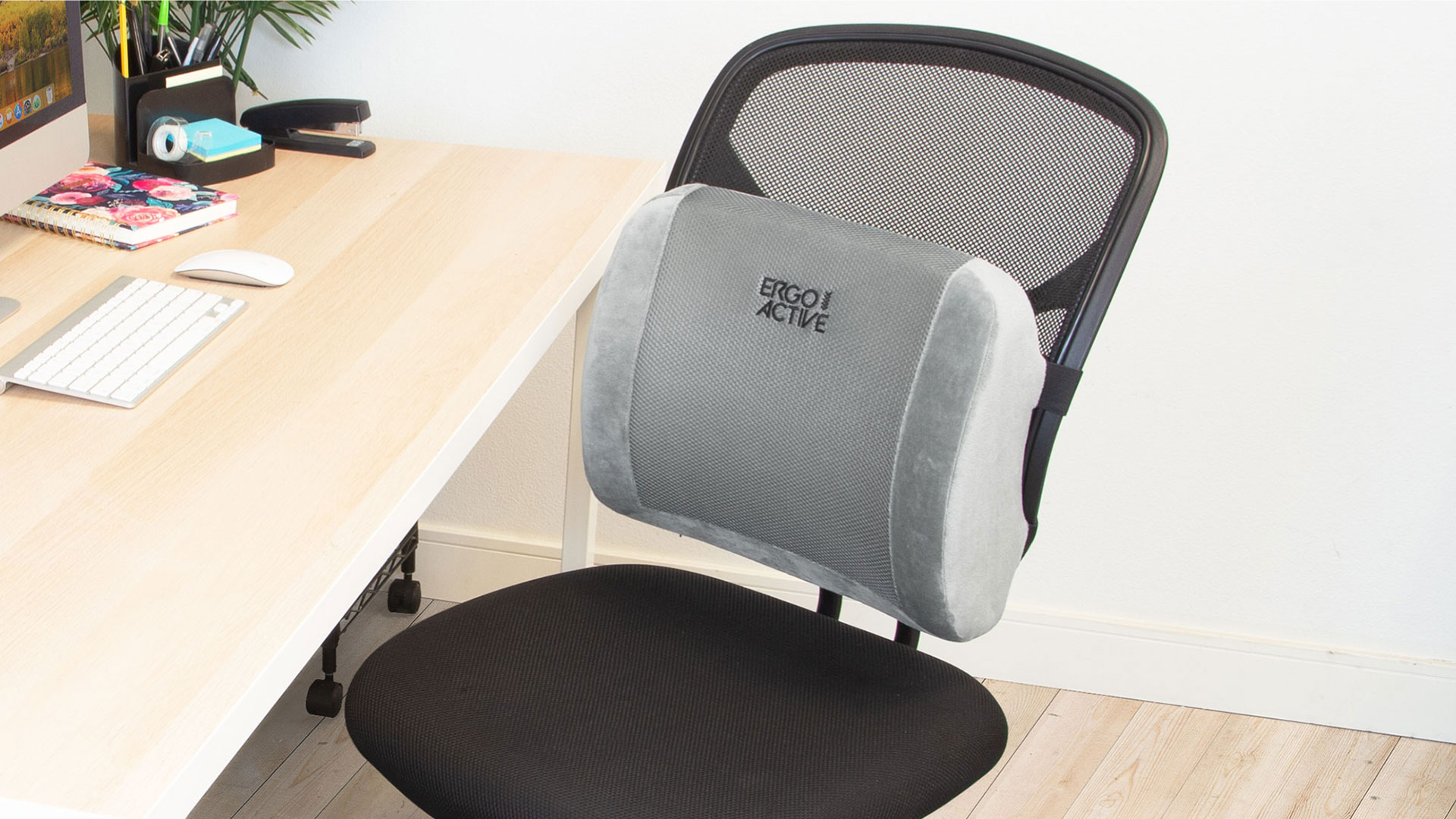


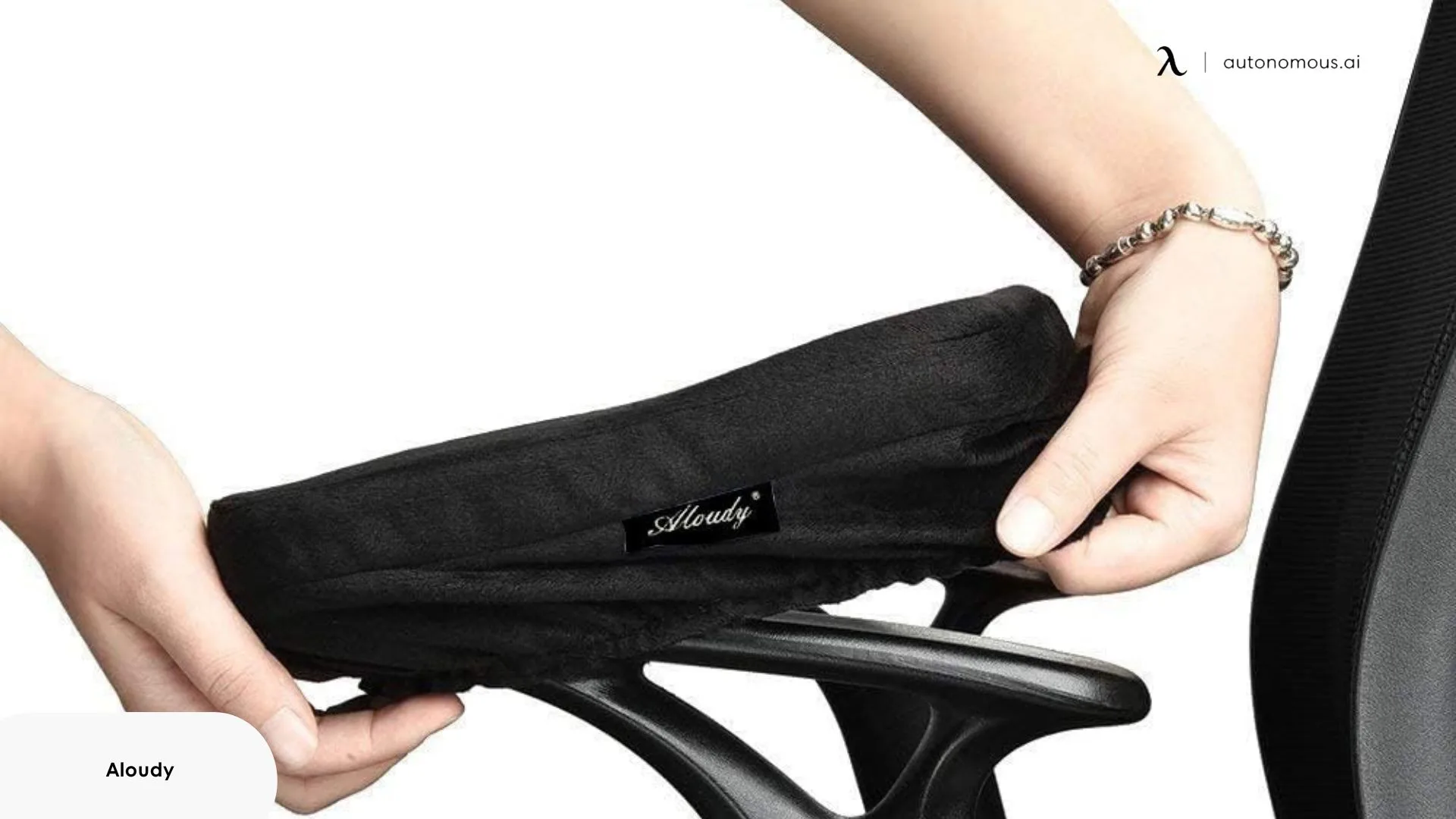
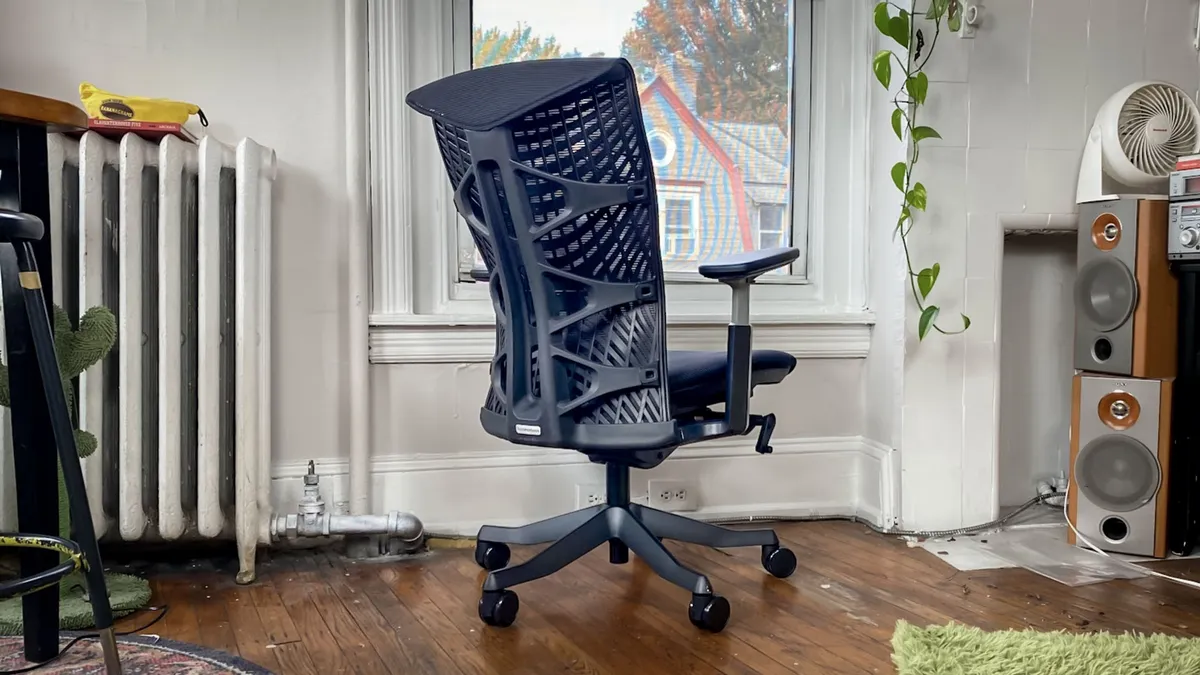
(1).webp)
